There’s a lot to consider when purchasing your first beehive. We know you want to choose the best hive for your beekeeping style and needs—and we are here to help! One of the most common questions we hear from beekeepers is whether a solid or a screened bottom board is a better choice for their hive. The main purpose of a bottom board is to seal the bottom of your hive from the elements, while the main purpose of a screened bottom board is to assist with proper ventilation in particularly warm climates. Choosing between a solid or screen bottom board can be a tough choice, and you’ll want to take into account your hive type, your local climate, and your pest management strategies.

HIVE TYPE
 Langstroth screened bottom board comes with removable insert
Langstroth screened bottom board comes with removable insert
Different hives are designed for different purposes, so your bottom board choice will largely depend on what type of hive you are working with. One of the advantages of Langstroth hives is that the bottom boards can easily be switched out at any time, even when you have an active colony inside. Because of this, many Langstroth beekeepers have both bottom boards on hand, using the ventilated one during warmer months and swapping in the solid bottom board as part of their overwintering preparation.

Warre hive screened bottom board comes standard and with a removable insert
Our Warre hives, on the other hand, come standard with screened bottom boards. Warre hives are designed to have incredible insulation—so incredible, in fact, that you run the risk of too much condensation building up in the hive as a result. For that reason, we normally recommend screened bottom boards to help counterbalance it.

Top bar screened bottom board comes with a removable insert
Finally, we recommend solid bottom boards for top bar hivesunless your climate is very hot and humid (such as the deep south of the United States). Even Southwest climates, while very hot, are dry enough that screened bottoms do not have much benefit. Bottom boards can only be changed in an empty top bar hive, so it’s important to make your year-long decision on bottom boards before installing your bees.
CLIMATE
Beekeeping islocal and very dependent on climate, making it very difficult to make many general proclamations for beekeepers nationwide (let alone worldwide!). Bee Thinking prefers solid bottom boards for our Pacific Northwest climate, and generally only recommend using screened bottom boards in parts of the world where there are extremely high temperatures and humidity. In these climates, bees do benefit from the additional ventilation that a screened bottom board provides.
The good news is that honeybees are extremely adaptive and will work their hardest to survive no matter which bottom board you choose. To cool their hive, bees will bring water back to the hive, depositing it on comb and fanning their wings for evaporative cooling. Think of it as bee air conditioning. On the other hand, bees are excellent at warming up their hive during the colder months. They do this by forming a cluster around their honey stores and vibrating their flight muscles to generate heat. This movement requires a lot of energy, which is why it is paramount to ensure that your bees have plenty of honey stores to fuel their heating endeavors.
PEST MANAGEMENT

Finally, some beekeepers use bottom boards to assist with their pest management strategies. Screened bottom boards can be used as a natural way to control small hive beetles and Varroa mites by putting a sticky substance on the screen to catch them as they fall through. This strategy also allows beekeepers to monitor how dense pest populations are throughout the year. Screened bottom boards can also assist with the “sugar-shake method,” which encourages bees to groom the hive of Varroa while also grooming the powdered sugar off. Simply dust the bees with powdered sugar and they will start grooming each other and themselves. This groomed material, including the mites, will fall through screened bottoms.
Here at Bee Thinking, we choose to fight mites by disrupting their life cycle using foundationless frames. Mites reproduce inside developing brood cells; the larger the cell size of a developing bee, the longer the incubation time, allowing breeding Varroa more time to multiply. Conversely, natural comb (without foundation) has a smaller cell size, shorter incubation time, and therefore less time for varroa to breed in developing brood cells.
THE CLIFF NOTES:
PROS: Screened Bottom Board
• Allows adequate ventilation in hot climates and prevents the buildup of condensation in the hive.
• Can assist with pest prevention and monitoring strategies.
CONS: Screened Bottom Board
• Too much ventilation in a hive can result in the scent of pheromones (which bees use to communicate) escaping through the screened bottom board, making communication difficult.
•May require bees to work harder to keep their hive warm, depending on climate.
PROS: Solid Bottom Board
•Honeybees will coat a solid bottom board (butnota screened bottom board) with propolis, a sticky plant resin that bees use to coat the inside of the hive. Propolis has been found to greatly increase the immune response of European Honeybees, giving you healthier bees!
•Pheromones released for communication stay inside the hive.
•Solid bottom boards are more similar to natural hive enclosures, if that is what you are looking to replicate as a natural beekeeper.
CONS: Solid Bottom Board
•In hot and humid climates, a solid bottom board will restrict ventilation and require bees to spend time and energy cooling down the hive.



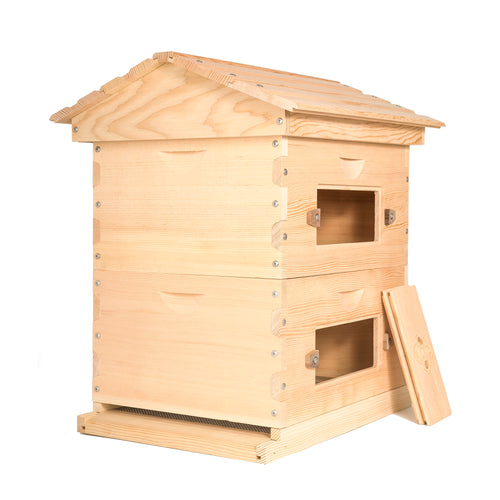


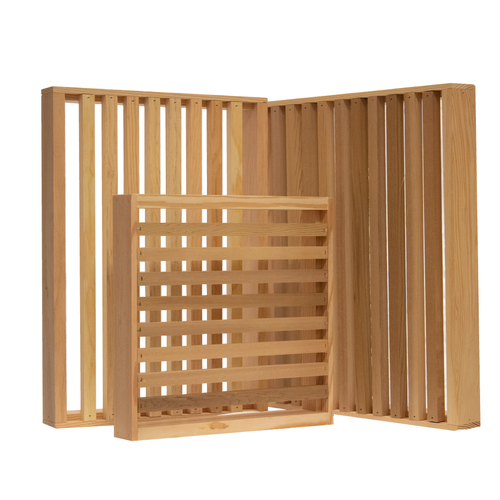


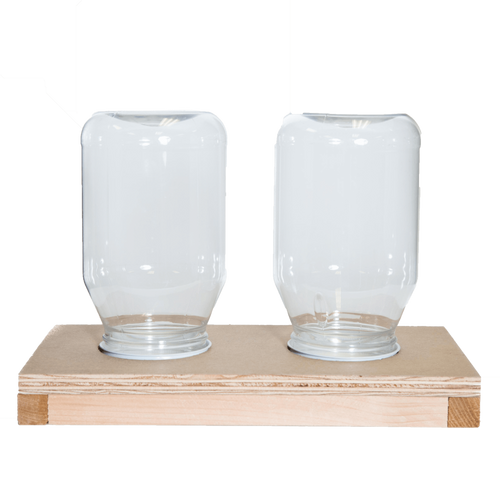

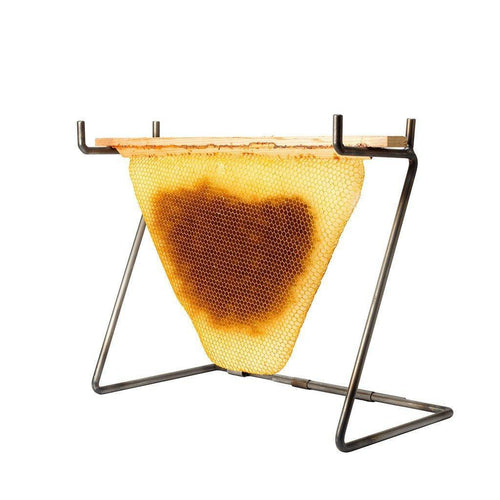
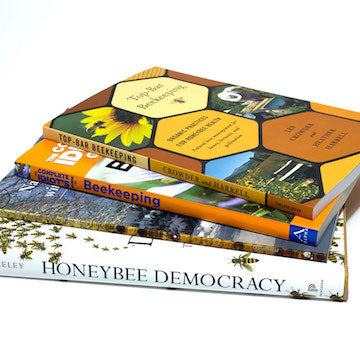
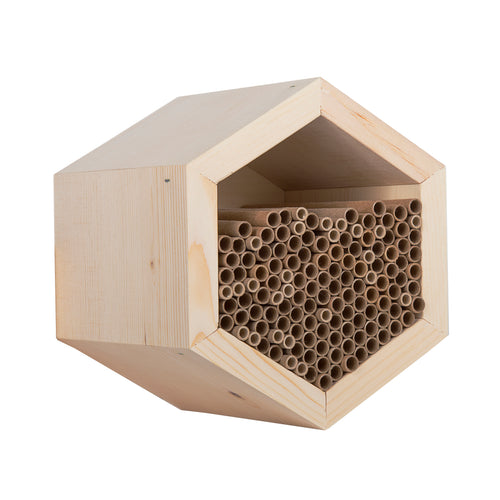
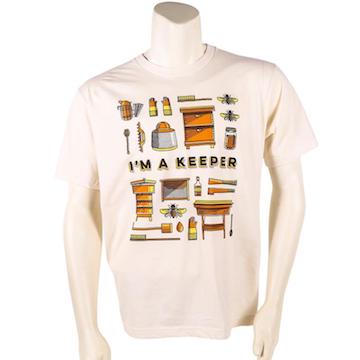






Marc Levenson
July 01, 2019
I have a screened bottom board I’m wondering if the surface underneath should be solid or open to the air . I would love to have some answers on what the keepers do .